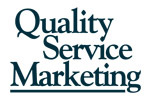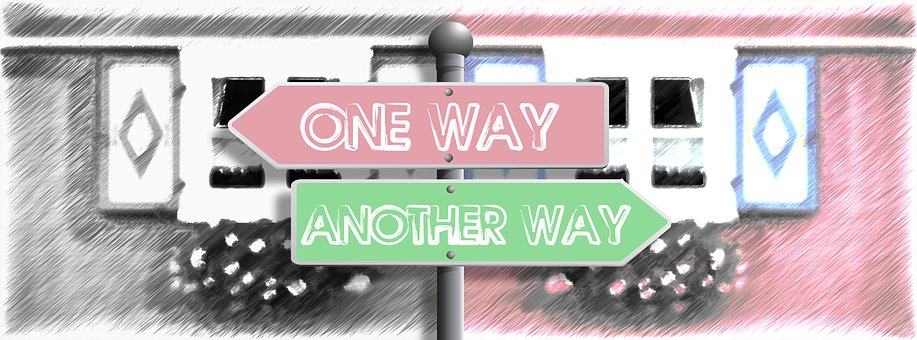In honor of National Customer Service Week (observed the first week in October), here are three amazing stories told by customers — all marketing professionals — who experienced and analyzed them. They represent different situations that share a common theme.
Customer experience #1:
“I walked into an Eckerd Drug Store to buy a sympathy card. Before the clerk even rang up the purchase, he took a silk rose from a display at the counter, presented it to me, and said, ‘I’m sorry for your loss. I hope this will cheer you up a little.'” Toby Bloomberg
Toby’s takeaway: “There were no dramatic gestures, no casts of thousands, no high cost involved. Simply an elegant approach to ‘service’ between two people. And when you get right down to basics, isn’t that what “legendary service” is all about — people who go the extra mile to connect to the customer?”
Customer experience #2:
“It was a Saturday around noon at the Hyatt Woodfield hotel in Chicago for an American Marketing Association chapter leadership meeting. Just as our people were sitting down to lunch, the first alarm went off. We were quickly hustled outside by the staff and stayed outdoors for the better part of an hour due to a water emergency.
Chris’s takeaway: “I don’t know if the hotel was insured for this kind of thing or not. But they knew that it was cheaper for the bride to get a new dress so that her wedding could proceed and worry about the details later. They recovered the situation without embarrassing the bride and her family.”
“My husband and I were traveling to Boston to attend a conference for his work when I had a medical emergency on the plane. Upon landing at the airport, I was immediately taken off the plane in a special ambulance gurney and transported to the hospital. While filling out our medical forms in the ER, my husband and I suddenly looked at each other to ask, “What happened to our luggage?!” since we left the plane in such a hurry.
Here’s my takeaway: “In our situation, we were guests who arrived at the hotel with a problem that had nothing to do with the hotel itself. Yet the front desk staff showed their compassion and concern by going the extra step take care of us.”
What these stories share
My colleagues and I had different customer experiences with a common theme: demonstrations of exemplary service by employees who were empathetic and responsive to their customers — all in situations where the service provider did nothing wrong. Nonetheless, front line employees went “above and beyond” to do everything right.
What’s equally impressive is that these experiences took place more than 25 years ago. Extraordinary customer service — good and bad — leaves a lasting impression.









